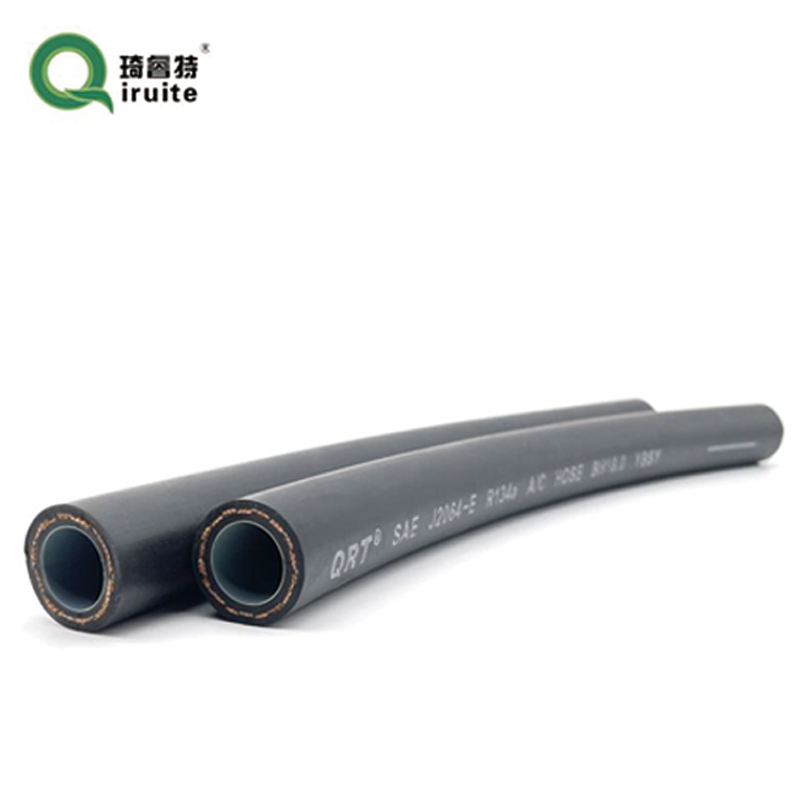Identifying the High Pressure Power Steering Hose in Your Vehicle's System
Understanding High-Pressure Power Steering Hoses
Power steering systems are crucial in modern vehicles, allowing drivers to steer with ease and precision. One of the key components of these systems is the high-pressure power steering hose, which plays a vital role in ensuring the seamless operation of steering mechanisms. This article will delve into what high-pressure power steering hoses are, their functions, and why understanding their importance can help in maintaining vehicle performance.
What is a High-Pressure Power Steering Hose?
A high-pressure power steering hose is designed to transport hydraulic fluid from the power steering pump to the steering gear or rack. The hose is made from durable materials that can withstand the high pressure of hydraulic fluid, which can exceed 1,500 psi in many systems. Typically constructed from reinforced rubber or braided nylon, these hoses are designed to resist wear, heat, and damage from road exposure.
Functions of the High-Pressure Hose
The primary function of the high-pressure power steering hose is to deliver pressurized fluid needed to assist steering. When the driver turns the steering wheel, the power steering pump generates hydraulic pressure, which is then sent through the high-pressure hose to the steering rack or gear. This hydraulic pressure acts upon the steering components, making it easier to turn the vehicle in the desired direction.
In addition to delivering fluid, the hose also plays a role in maintaining the overall efficiency of the steering system. A well-functioning high-pressure hose ensures that fluid is delivered consistently, which helps in achieving smooth and responsive steering.
which is the high pressure power steering hose

Importance of Regular Maintenance
Understanding the significance of the high-pressure power steering hose in a vehicle is essential for proper maintenance. Over time, hoses can experience wear and tear due to exposure to heat, road debris, and other environmental factors. Signs of wear may include visible cracks, bulges, or leaks, which can lead to a drop in steering performance and reduce overall safety.
Regular inspection of the power steering system, including the high-pressure hose, can help identify potential issues before they escalate. If a hose shows any signs of damage, it is crucial to replace it promptly. Ignoring a faulty high-pressure hose can lead to complete steering failure, which is dangerous while driving.
Conclusion
In summary, the high-pressure power steering hose is a critical component in the steering system of a vehicle. Its primary function is to transfer hydraulic fluid under high pressure, enabling smooth steering and vehicle maneuverability. Regular checks and timely maintenance of this hose can prevent serious steering problems and enhance overall driving safety.
Drivers should be aware of the signs that indicate a failing power steering hose, such as fluid leaks or difficulty steering, and take action before these issues lead to more significant mechanical problems. By prioritizing regular maintenance and understanding the role of the high-pressure power steering hose, vehicle owners can ensure better performance and longevity of their steering systems.
-
Ultimate Spiral Protection for Hoses & CablesNewsJun.26,2025
-
The Ultimate Quick-Connect Solutions for Every NeedNewsJun.26,2025
-
SAE J1401 Brake Hose: Reliable Choice for Safe BrakingNewsJun.26,2025
-
Reliable J2064 A/C Hoses for Real-World Cooling NeedsNewsJun.26,2025
-
Heavy-Duty Sewer Jetting Hoses Built to LastNewsJun.26,2025
-
Fix Power Steering Tube Leaks Fast – Durable & Affordable SolutionNewsJun.26,2025

